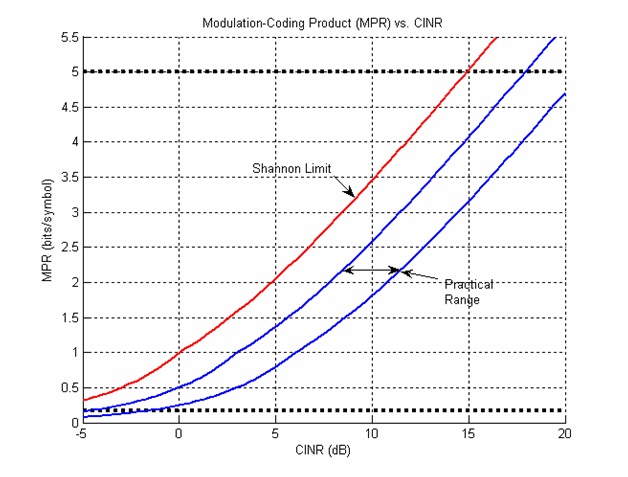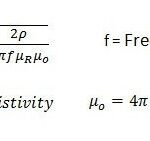
Capacity and MPR and CINR Distributions for LTE
As we already know, LTE (Long-Term Evolution) is designed to provide high-speed data services. But to truly understand how LTE handles data traffic, we need to look at the capacity, MPR (Mean Propagation Rate), and CINR (Carrier-to-Interference-plus-Noise Ratio) distributions. These are key factors that affect performance and the quality of service you experience in LTE networks.
Let’s dive into capacity first. The capacity of an LTE network refers to the amount of data that can be transmitted over the network in a given period. It depends on factors like signal strength, interference levels, and the available bandwidth. But remember, the real-world capacity also heavily relies on MPR and CINR, which help shape how efficiently data is transmitted and how good the reception is.
Next, MPR (Mean Propagation Rate) helps us understand how fast the signal propagates in the environment. It’s linked to the speed at which a mobile user can receive data. A higher MPR means faster data transfer rates, and it varies depending on the distance between the base station and the user, as well as the physical obstructions in the environment.
Now, CINR is another crucial factor. It’s the ratio of the desired signal strength (carrier) to the total interference and noise in the channel. A higher CINR value indicates better signal quality and a lower likelihood of errors. On the other hand, if CINR drops, the data quality decreases, and you might experience slower speeds and more dropouts in service.
Factors Affecting LTE Capacity
- Bandwidth: More bandwidth leads to higher capacity.
- Modulation: Higher-order modulation techniques improve capacity but require better signal quality.
- Interference: High interference decreases capacity, which is why CINR is critical.
- Distance from base station: The further away you are, the lower the signal strength and the capacity.
Capacity and MPR Distribution – A Visual Breakdown
| Parameter | Impact on LTE | Example Value |
|---|---|---|
| Capacity | Determines how much data can be transmitted. | 50 Mbps (in ideal conditions) |
| MPR | Affects the propagation rate and speed of data transfer. | 10 km/h (speed of signal propagation) |
| CINR | Indicates the signal quality for reliable transmission. | 20 dB (good signal quality) |
Now, you might be wondering how these factors are distributed across the network. In LTE, the capacity and CINR distributions are not uniform. They vary depending on factors like network load, distance from the cell tower, and user mobility. For example, if you’re far away from the base station, your CINR might drop, resulting in reduced capacity. On the other hand, if you’re closer to the base station, you get a better CINR, allowing for higher data rates and better network performance.
As we covered earlier about CINR, this metric directly impacts how well you can download or stream data. When your CINR is high, the network will support higher capacity — meaning you can enjoy faster speeds. But when CINR drops, even if you have a larger bandwidth, the capacity will be limited due to interference and noise. This is a fundamental concept to understand as it directly ties into the overall performance you experience in real-world LTE systems.
So, when analyzing LTE, you need to consider all three of these factors—capacity, MPR, and CINR—because they all work together. If you want better performance, a high CINR and good MPR are critical, but these also depend on network design, signal strength, and interference control. And remember, as I will cover in upcoming posts, tools like network planning models, interference management strategies, and coverage optimization play a huge role in balancing these factors for optimal LTE performance.


